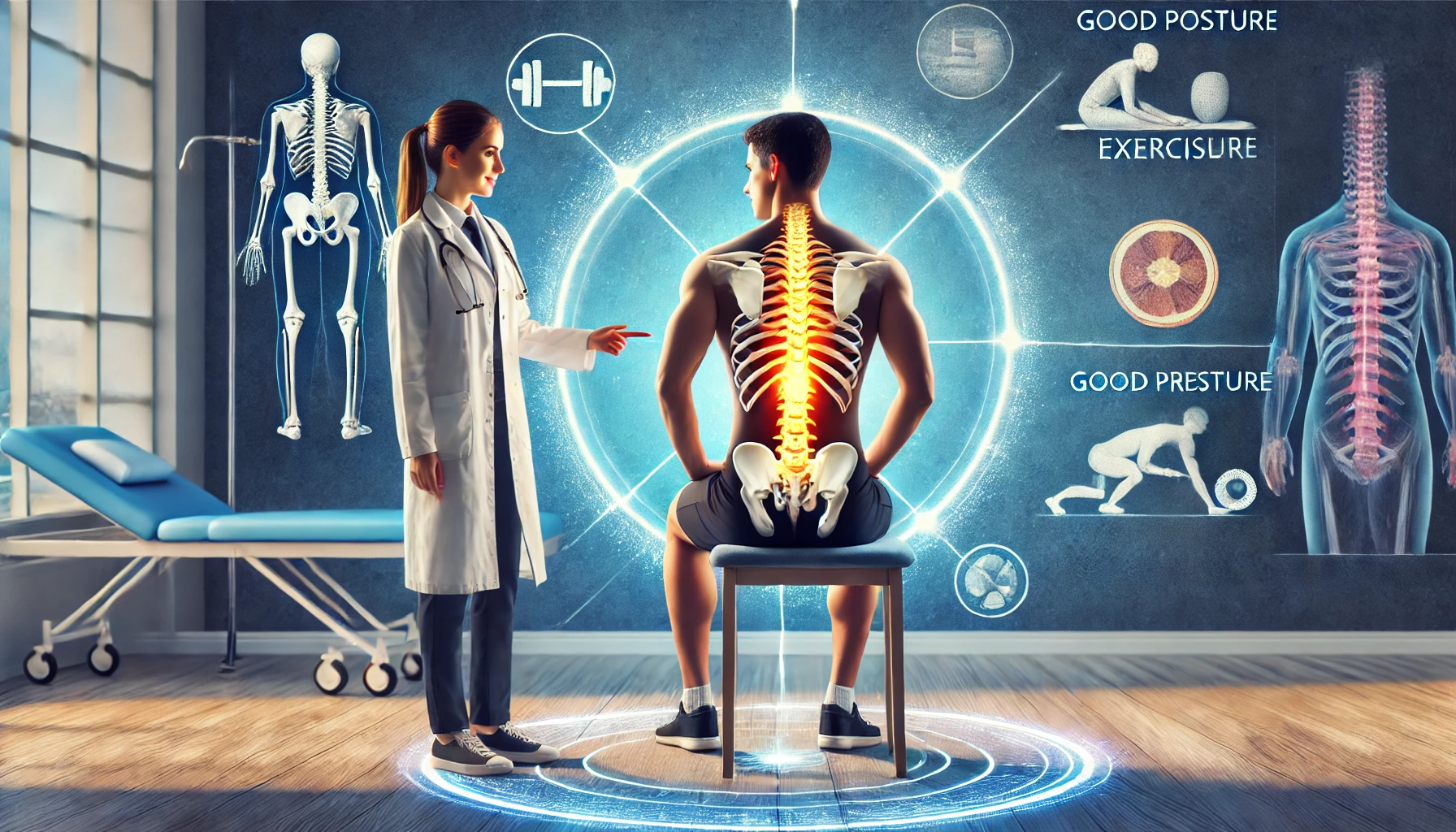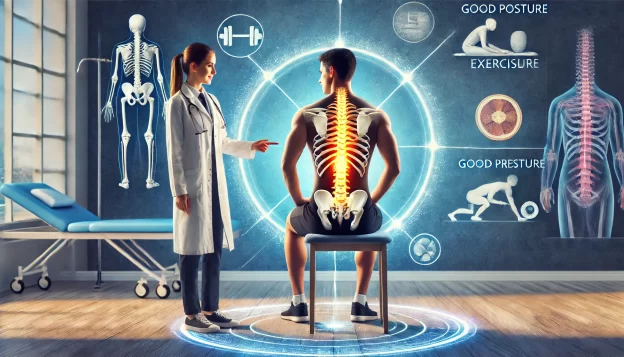Back pain is a significant health concern in India and Andhra Pradesh, with a substantial burden on individuals and the healthcare system.
1. Prevalence and burden
- High Prevalence: A systematic review and meta-analysis found a lifetime prevalence of low back pain (LBP) in India to be around 66%.
- Leading Cause of Disability: LBP is the leading cause of Years Lived with Disability (YLDs) globally, including in India, impacting quality of life and productivity.
- Economic Impact: Back pain imposes a substantial financial burden, resulting in lost workdays, medical consultations, and increased medication expenses.
- Contributing Factors: Sedentary lifestyles, poor posture (especially among office workers), improper lifting techniques, obesity, lack of exercise, smoking, age, and certain medical conditions all contribute to the prevalence of back pain.
- High-Risk Groups: Females, rural populations, and elementary workers experience higher prevalence rates of LBP in India.
2. When is surgery needed?
While the majority of back pain cases resolve with conservative treatments (rest, medication, physical therapy), surgery may be considered in specific circumstances where non-surgical approaches have failed and the pain is severe or debilitating.
Possible reasons for back pain requiring surgery:
- Herniated or Ruptured Discs: The discs that cushion the vertebrae may bulge or rupture, pressing on nerves and causing pain, as well as potentially leading to neurological deficits.
- Spinal Stenosis: Narrowing of the spinal canal can compress the spinal cord and nerves, leading to pain, weakness, and numbness.
- Spondylolisthesis: A vertebra may slip forward onto another, placing pressure on the spinal nerves and potentially causing weakness, as well as issues with bowel or bladder function.
- Spinal Deformities: Conditions such as scoliosis (a sideways spinal curve) or kyphosis (an excessive forward curve) often require surgery, primarily when they are associated with pain and neurological problems.
- Spinal Infections: Infections of the spine, such as discitis or osteomyelitis, can cause severe pain and require prompt medical attention, potentially leading to surgical intervention.
- Spinal Tumors: Cancerous tumors on the spine may press against nerves, leading to back pain and potentially neurological deficits.
- Vertebral Fractures: Vertebroplasty or kyphoplasty can be performed to stabilize and relieve pain caused by compression fractures, which are often associated with osteoporosis.
3. Surgical options and costs in India
Various surgical procedures are available for back pain, with costs ranging depending on the type of surgery, hospital, city, and other factors.
| Type of Spine Surgery | Minimum Cost (INR) | Average Cost (INR) | Maximum Cost (INR) |
|---|
| Lumbar Discectomy | 120,000 | 156,000 | 400,000 |
| Spinal Fusion | 130,000 | 169,000 | 400,000 |
| Laminectomy | 110,000 | 143,000 | 400,000 |
| Microdiscectomy | 90,000 | 117,000 | 400,000 |
| Cervical Disc Replacement | 150,000 | 195,000 | 400,000 |
| Scoliosis Surgery | 130,000 | 169,000 | 400,000 |
| Spinal laminectomy/ spinal decompression | 140,000 | – | 180,000 |
| Vertebroplasty/Kyphoplasty | 230,000 | – | 300,000 |
| Foraminotomy | 180,000 | – | 250,000 |
| Artificial Disk Replacement | 200,000 | – | 400,000 |
IMPLANTS COST EXTRA;
Minimally Invasive Spine Surgery (MISS): This approach utilizes smaller incisions, resulting in less tissue damage, reduced pain, and a faster recovery compared to traditional open surgery. Procedures like endoscopic spine surgery and nucleoplasty fall under this category.
4. Government support
The Indian government’s Ayushman Bharat Yojna provides financial coverage for various medical procedures, including spine surgeries, to individuals from economically weaker sections, aiming to ensure accessible healthcare for all.
5. Back pain in Andhra Pradesh
- Leading Research: A research study from the Mallika Spine Centre in Guntur, Andhra Pradesh, explored the integration of ultrasonic laser technology in endoscopic spine surgeries for back and neck pain.
- Accessible Care: Hospitals in Andhra Pradesh offer spine surgery, including minimally invasive techniques, and initiatives such as the TTD’s Pranadana scheme support spinal deformity surgeries for the underprivileged.
6. Important considerations
- Diagnosis is Key: Proper diagnosis is crucial for determining the underlying cause of back pain and selecting the most appropriate treatment, including determining whether surgery is necessary.
- Consult with Specialists: Consulting with a spine specialist or neurosurgeon is essential to assess the condition and discuss available treatment options.
- Lifestyle Modifications: Regardless of whether surgery is considered, adopting a healthy lifestyle is crucial, including regular exercise, maintaining a healthy weight, and practicing good posture, to prevent and manage back pain.
In conclusion, back pain is a common and burdensome condition in India and Andhra Pradesh, with various causes and treatment options, including surgery in select cases. Access to surgical procedures is supported by government schemes, and advances in techniques, such as minimally invasive surgery, are improving outcomes. It is essential to remember that most cases of back pain resolve with conservative care, and surgery should be considered only after careful evaluation and discussion with a medical professional.
This is for informational purposes only. For medical advice or a diagnosis, consult a professional.


